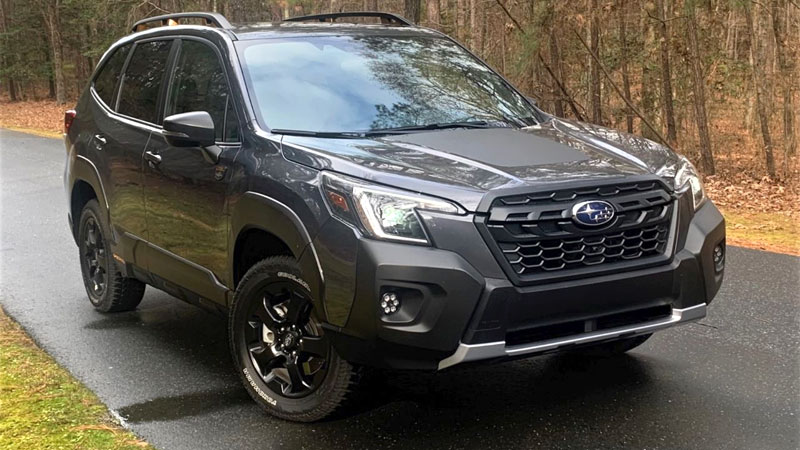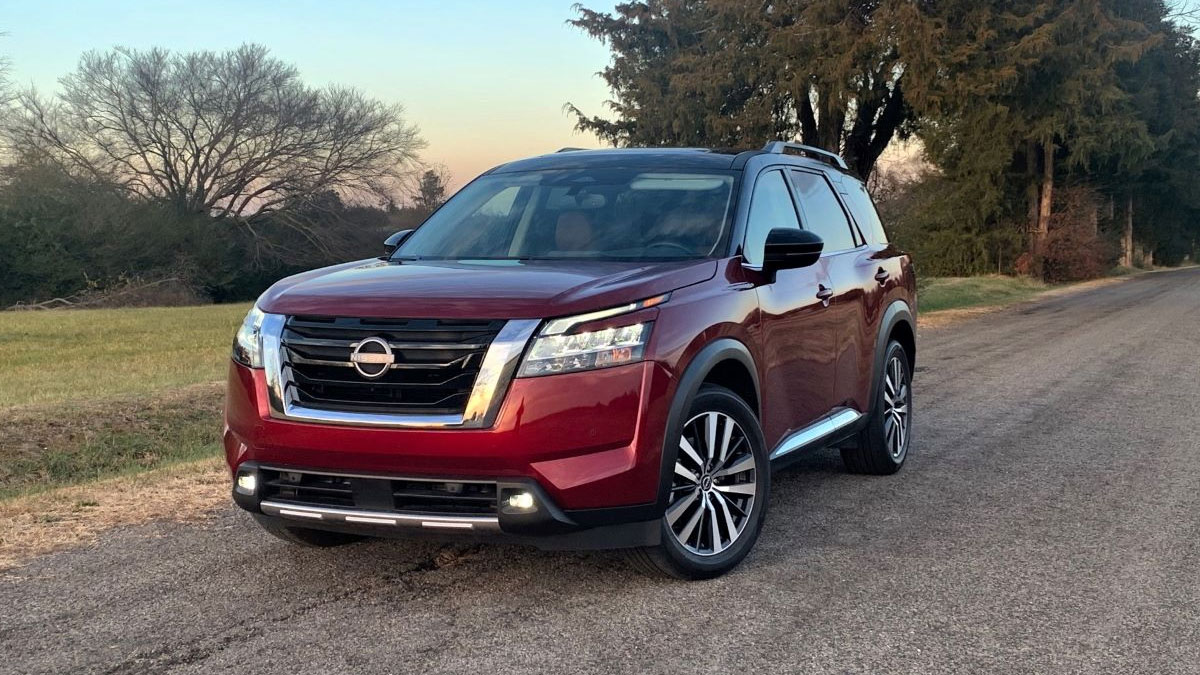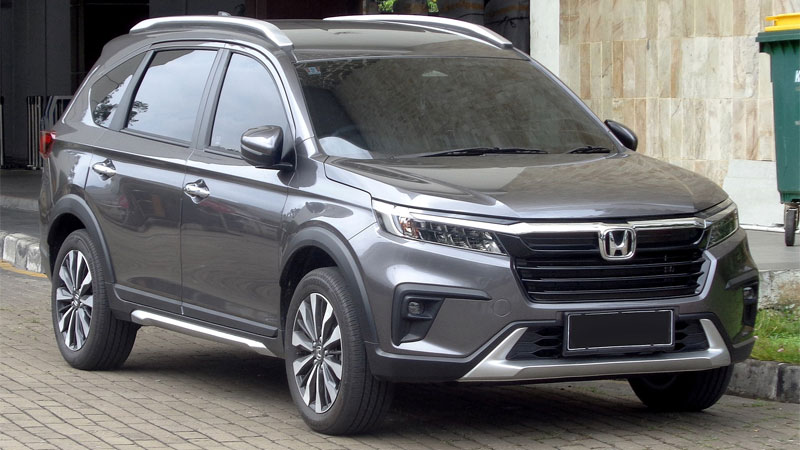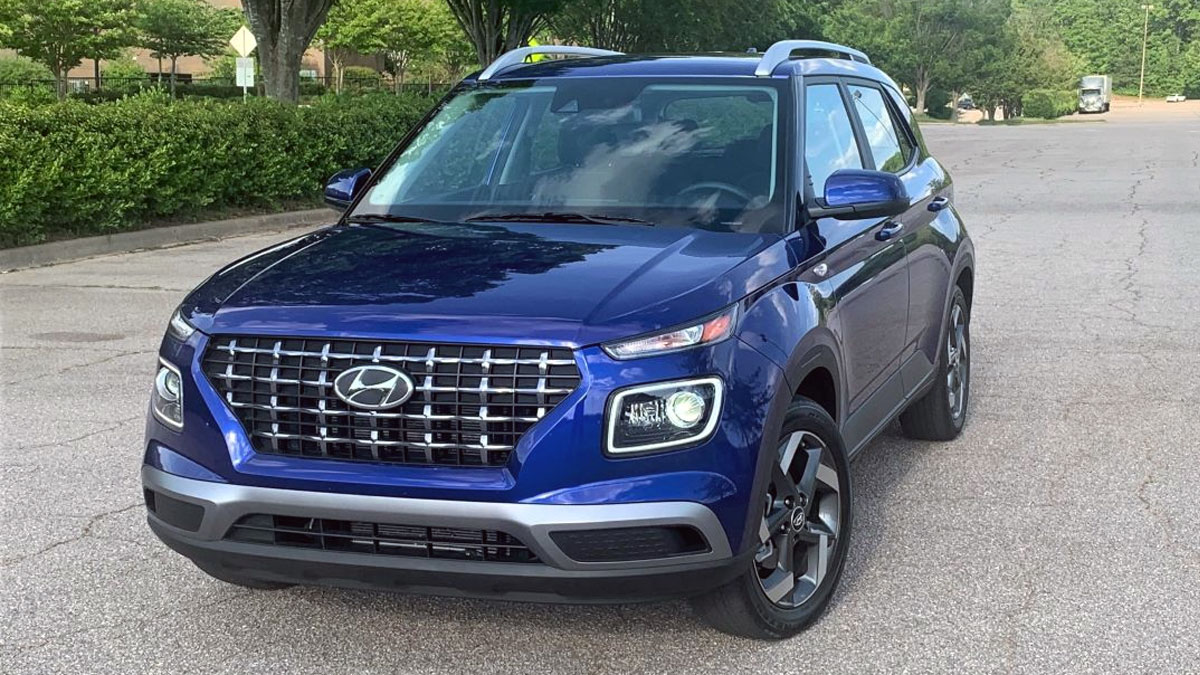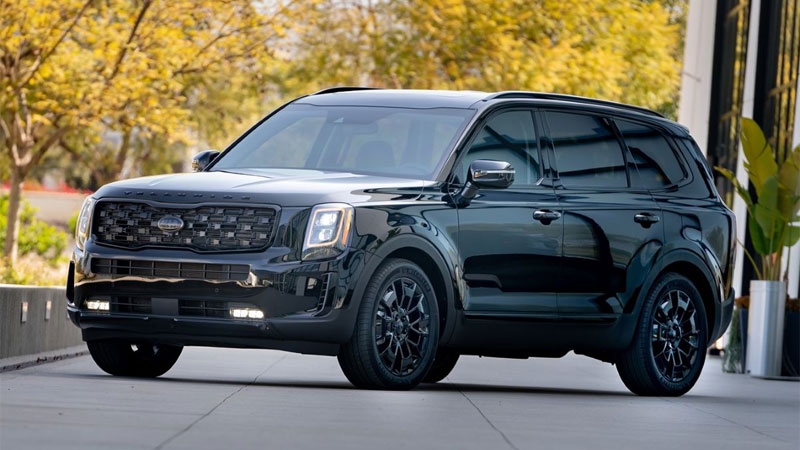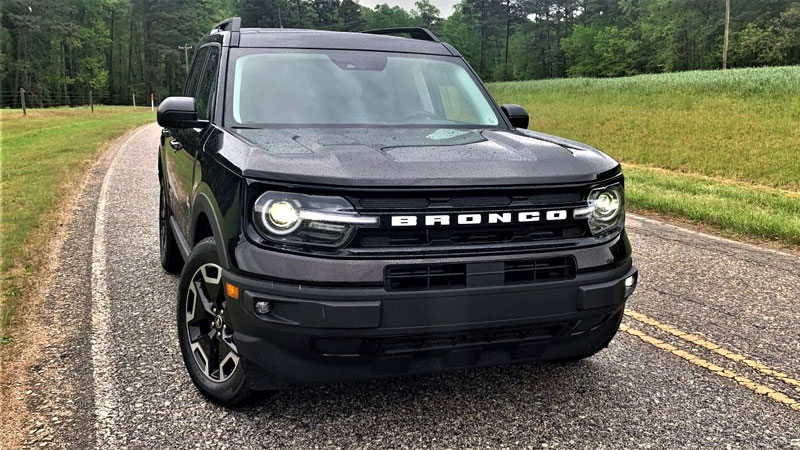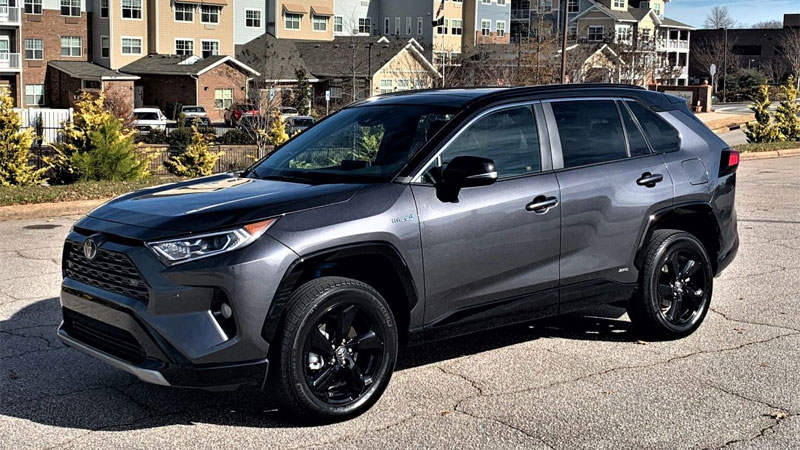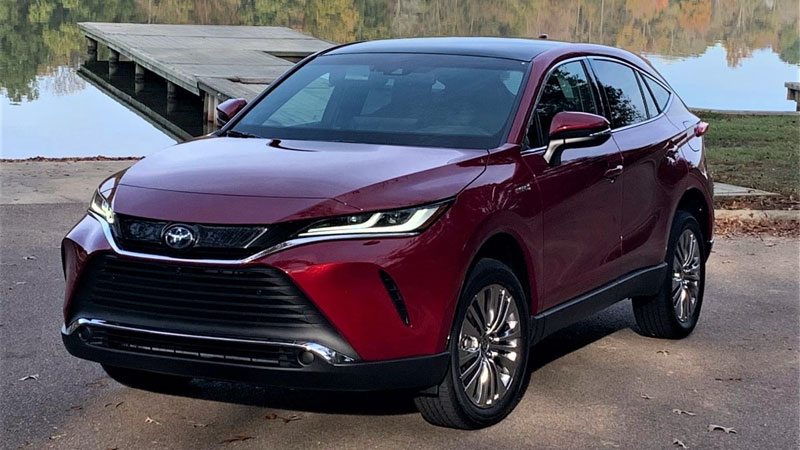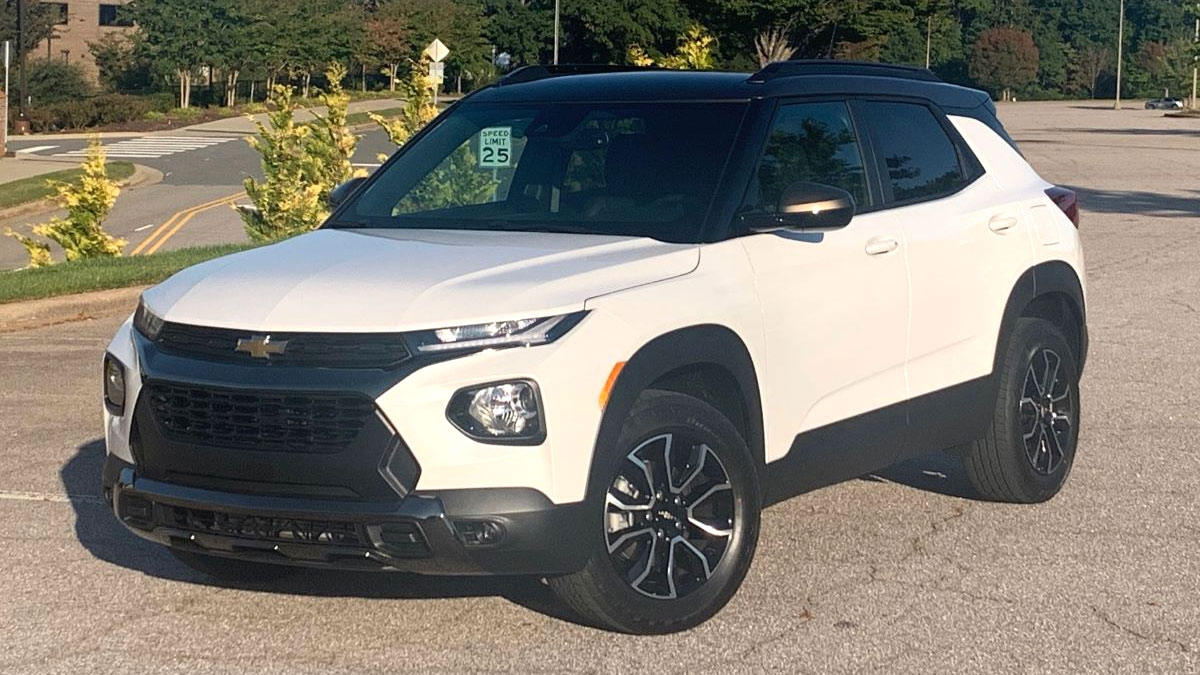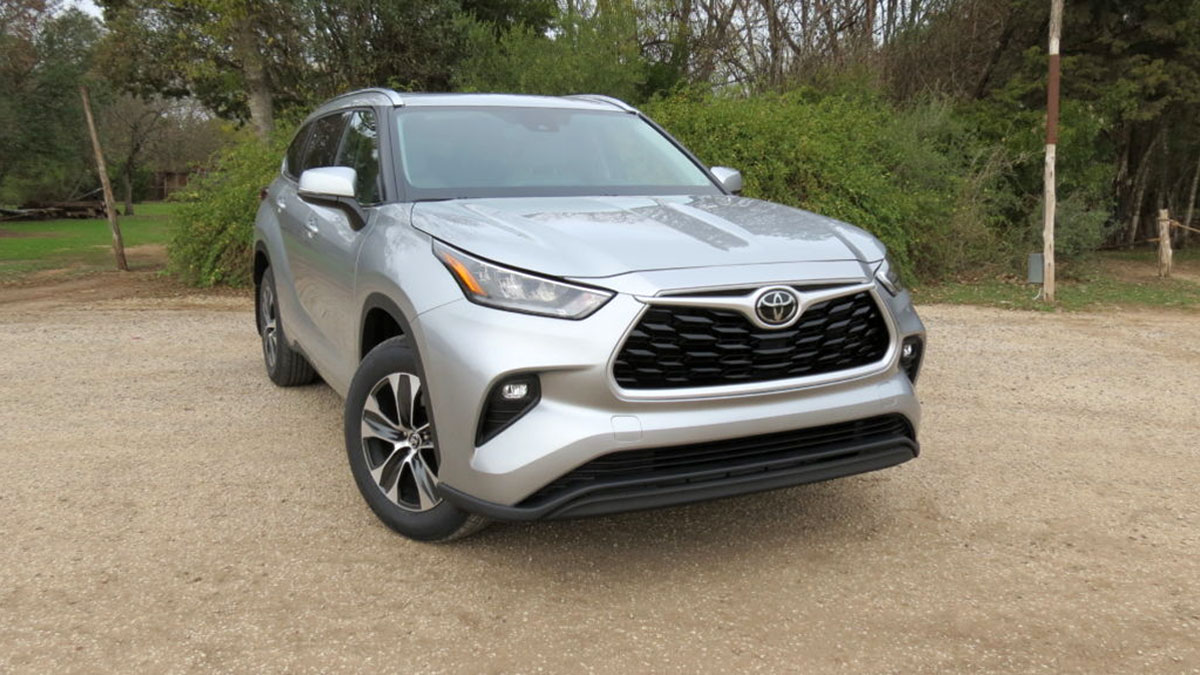The 2022 Subaru Forester Wilderness: Your Ticket to Off-Road Excursions
The Subaru Forester gains an off-road-worthy Wilderness edition. The Subaru Forester is a compact utility vehicle, one of four such models sold by this niche Japanese brand. Niche may not be a fair assessment, however as Subaru has a strong following in the U.S. market. The Forester was last fully … Read more

